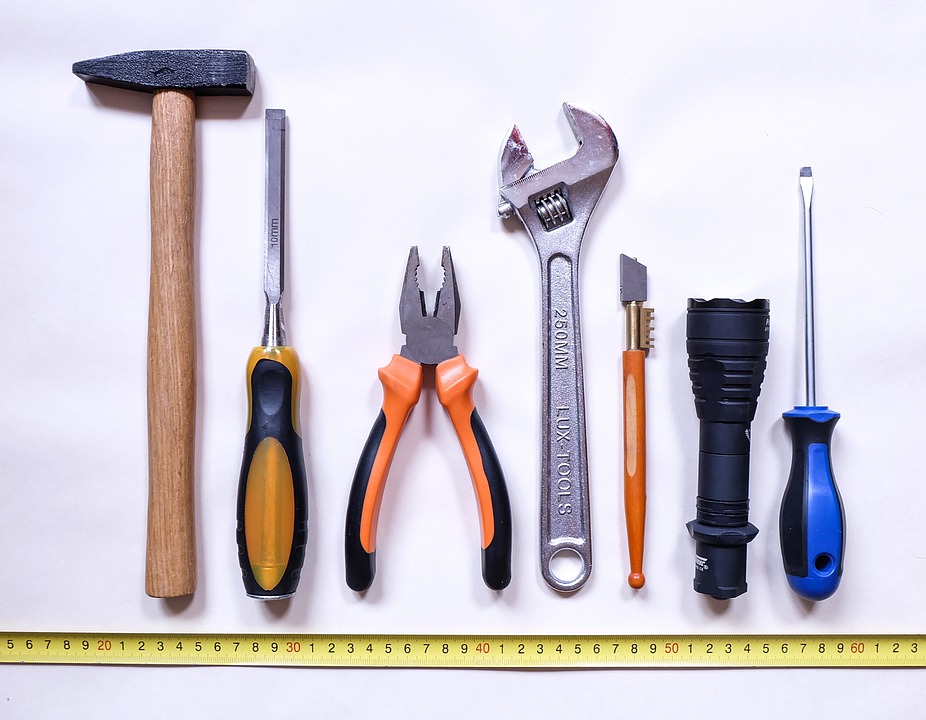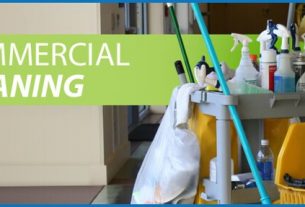Owning a home is a dream come true, but the world of homeownership is not limited to relaxing on the patio on the weekend or spending cozy nights in front of the fireplace. It takes ingenuity to keep your private oasis safe and everything running smoothly. Sometimes fixing things is part of the job; even if DIY isn’t your thing, you should know how to do it.
Nothing can bother you more than a clogged toilet or a leaky tap. And that’s just for bathrooms and kitchens.
Why not roll up your sleeves and learn some household chores you can do yourself without dangerous tools or complicated procedures? Doing housework will never be a hobby, but you should know that even the simplest things can save you money.
1) Fix the Door Yourself
Doors are everywhere. They may seem simple and harmless, but even doors need maintenance and repair. Door problems are not always serious, from cracks to joints, but they can be unpleasant. They can usually be solved with a few handy tools.
Wooden interior doors are not exposed to the outside air but are affected by the seasons. In humid climates, wooden doors can expand if there is not enough space between the door and the jamb for expansion. Inspect the door to ensure that loose screws or broken hinges are not the cause. Loose screws should be tightened by first balancing the door stop under the door. Pay attention to the tightness if the screws seem fine, but the door appears resistant to closing. If the door starts to stick during rainy season, it may need to be repainted.
A special carpenter’s plane is needed to finish the door. A slicer can be used to cut it as thin as a block of cheese. Draw a line where it meets the door frame. If the point is at the top of the door, you can shave the door without taking it off its hinges. Always cut corners first to avoid debris. If the jamb is against the side of the door, use a hammer and screwdriver to loosen the door from its hinges and lay it on its side to prepare the surface. Cutting the hinge side may require new hinges, so cut only if it is indispensable.
If the door is sticking, the pressure on the hinges will increase, and creaking may occur. Hinges may also become louder as they oxidize. If the door hinges make noisy announcements every time someone enters, you may want to apply lubricant. Before you begin, cover the floor under the door. After using a few drops of lubricant, open and close the door several times. Wait a few minutes and then repeat the process. If the noise continues, add a few more drops.
Try cleaning the pivots if greasing the hinges does not solve the problem. First, place a block under the door for support and remove the pins one at a time. Polish with steel wool and clean the holes with a small round wire brush.
2) Working With a Kit
The kit is the rubber-like material between the tub, shower, sink and the wall, or between the outside edge of the toilet bowl and the floor. It ensures that cracks are sealed so that moisture cannot penetrate. It also acts as an adhesive and can be applied easily. Over time, the sealant can discolor or crumble, increasing the risk of water damage and mold.
The most challenging part of the caulking application is removing the old coating left behind by the previous layer of caulking. Proper preparation is critical because the old layer must be removed entirely for the new layer to adhere properly. In the past, the old sealant layer had to be scraped off with a sharp object, which was time-consuming. Several available products soften the old sealant and make it easier to remove. This makes it easy to remove with a putty knife. Once all the old adhesive is removed, the edges should be cleaned well with thinner and allowed to dry completely. Then you are ready to install a new layer of sealant.


